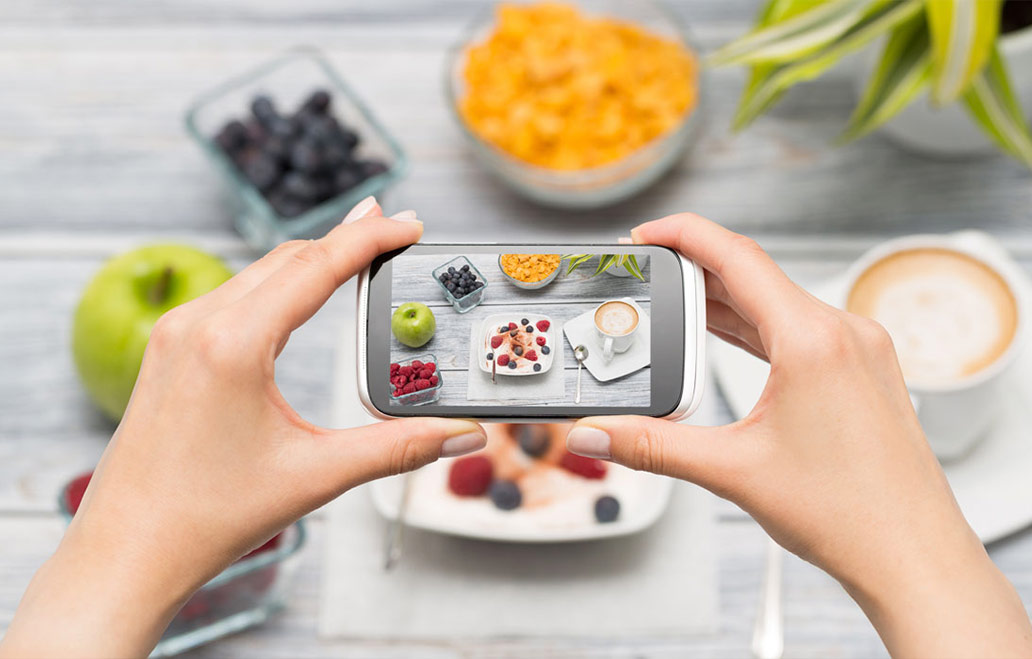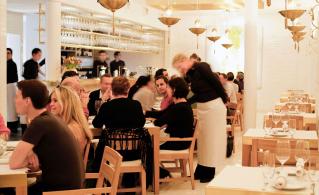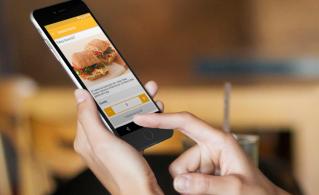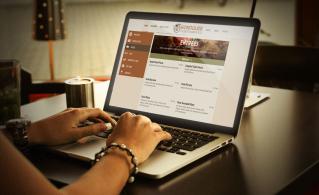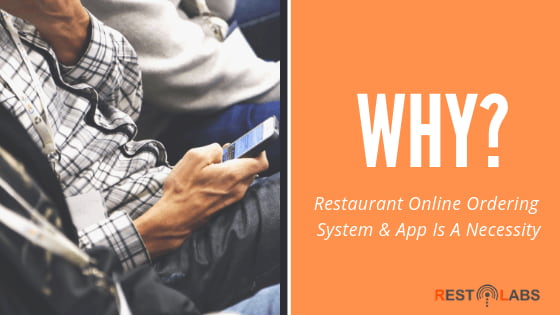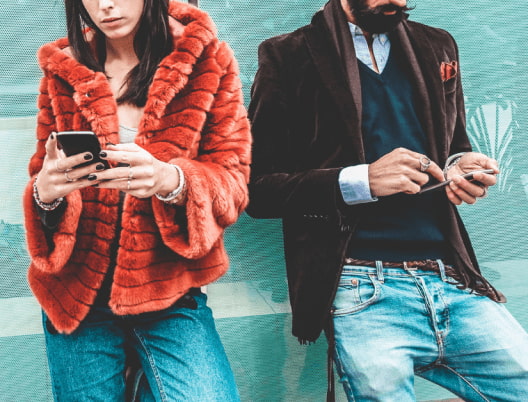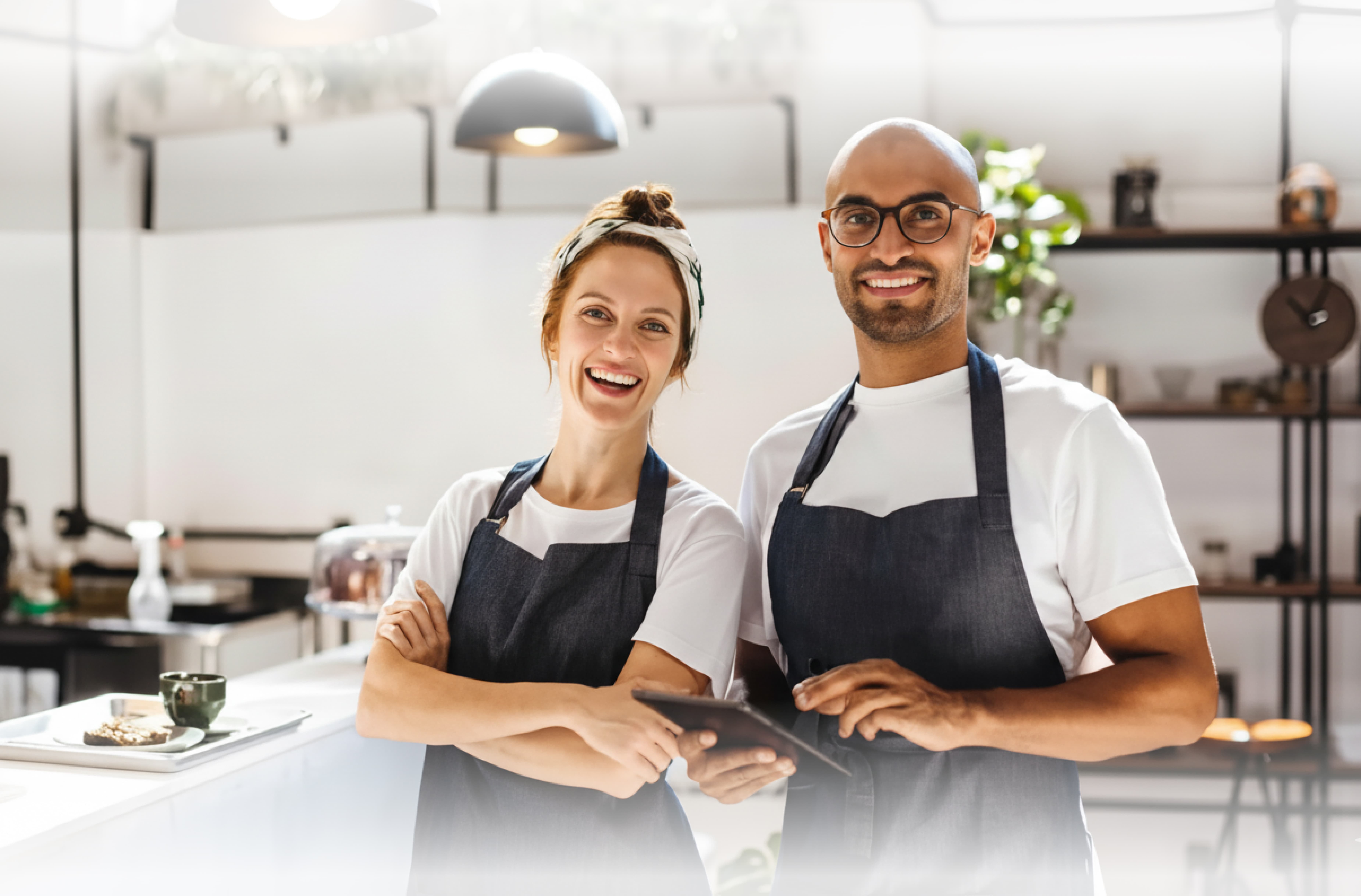Key Takeaways
- Quality food photos can raise menu item sales by up to 30%
- Consistent visuals build trust and brand professionalism
- Photos help customers order confidently and quickly
- Optimized images improve online presence and social sharing
- Integration with ordering systems drives upsells and loyalty
In today's digital-first restaurant landscape, customers expect more than just a text-based menu — they crave a visually immersive experience that helps them make confident ordering decisions. Professional food photography for restaurant menus has become essential for establishments looking to boost online orders and showcase their culinary creations effectively.
As a restaurant owner, you've likely noticed how visuals influence customer behavior. With online ordering now representing a significant revenue stream for most restaurants, investing in quality food menu photography isn't just a luxury — it's a strategic business decision that directly impacts your bottom line.
Why Food Photography is Essential for Restaurant Menus
When customers browse your menu online, they don't have the benefit of aroma, ambiance, or staff recommendations. All they have is what they see on screen. According to recent studies, adding high-quality photos to your digital menu can boost item sales by up to 30%. For inspiration, explore our collection of restaurant menu examples that showcase effective use of food photography.
Effective restaurant menu photography serves multiple crucial purposes:
- Shows texture, freshness, and portion size to set accurate expectations
- Builds trust and authenticity with potential customers
- Triggers emotional, appetite-driven purchasing decisions
- Reduces ordering hesitation, especially for unfamiliar dishes
- Differentiates your restaurant from competitors with text-only menus
In a mobile-first world where attention spans are short, compelling visuals sell — and words often take a secondary role.
Key Elements of Effective Food Photography for Menus
Use High-Resolution, Zoomable Images
Blurry, pixelated photos signal low quality and create doubt in customers' minds. For effective food photography for restaurant menus, invest in:
- Sharp, high-resolution images that load quickly on all devices
- Zoom functionality that allows customers to see details clearly
- Clean backgrounds and good contrast to highlight the food itself
Pro Tip: Natural lighting often works better than heavy filters or artificial light for authentic food representation.
Maintain Visual Consistency Across Your Menu
Your menu is a direct reflection of your brand identity. Keep all your food shots consistent in:
- Lighting style and intensity
- Camera angle and perspective
- Framing and cropping approach
- Color tone and editing style
This consistency creates a cohesive visual experience that reinforces your restaurant's professionalism and attention to detail.
Show Texture, Freshness, and Portion Size
Customers want to know exactly what they're ordering. Your food menu photography should accurately represent:
- The texture of each dish (crispy, tender, melty, etc.)
- Freshness indicators like vibrant colors and steam
- Realistic portion sizes to set proper expectations
- Garnishes and accompaniments included with the dish
Authenticity builds trust — avoid heavily edited images that misrepresent what customers will actually receive. Understand how communicating menu items can boost sales for restaurants by focusing on clear, high-quality visuals.
Think Like a Customer: Visualizing the Dish
Would you order something if you didn't know what it looked like? Probably not. Quality images help customers:
- Explore unfamiliar menu items with confidence
- Visualize portion sizes and value for money
- Compare dishes side-by-side when making decisions
- Understand ingredient combinations and presentation
Great restaurant menu photography can transform low-performing items into bestsellers simply by removing customer uncertainty.
Practical Food Photography Tips for Restaurants
To take compelling food photos for a restaurant menu, prioritize natural, diffused light, choose simple backgrounds, and focus on plating and styling for appetizing presentation. Capture the dish from the best angle, utilize different perspectives and a clean composition, and tell a visual story with creative props or elements like steam to enhance the viewer's experience. Finally, use light editing to bring out the dish's true colors and textures without altering its appearance.
Lighting Techniques: Natural vs Artificial
Lighting is arguably the most important element in successful food photography for restaurant menus:
- Natural lighting: Position dishes near windows with soft, diffused daylight (avoid direct sunlight which creates harsh shadows)
- Golden hour advantage: Shoot shortly after sunrise or before sunset for warm, flattering light
- Artificial lighting: If needed, use softboxes or diffusers to create even, shadow-free illumination
- Avoid direct flash: On-camera flash creates unflattering reflections and unnatural shadows
For most restaurants, shooting near a north-facing window with a white reflector on the opposite side creates ideal lighting conditions.
Choosing Angles and Perspectives
Different dishes look best from different angles. Experiment with these perspectives for your restaurant menu photography:
- Overhead (90°): Perfect for flat dishes, bowls, and plate arrangements
- 45-degree angle: The most versatile angle that shows both height and surface area
- Eye-level (0°): Ideal for tall items like burgers, sandwiches, and layered desserts
- Macro/close-up: Highlights texture and detail in specific ingredients
Don't settle for just one angle — try multiple perspectives to find what best showcases each dish's unique qualities.
Composition and Styling Tips
Thoughtful composition transforms ordinary food shots into compelling food menu photography:
- Rule of thirds: Place key elements at intersection points of an imaginary 3×3 grid
- Negative space: Allow breathing room around the dish to create focus
- Color harmony: Use complementary colors in props and backgrounds
- Depth of field: Create a slight blur in the background to emphasize the main dish
- Styling details: Use fresh garnishes, proper plating techniques, and appropriate dishware
Remember that the goal is to make the food look appetizing while maintaining authenticity — avoid over-styling that misrepresents the actual dish.
Avoid Overcrowding and Maintain Clean Backgrounds
For professional food photography for restaurant menus, simplicity often yields the best results:
- Use neutral backgrounds (white, black, wood) that don't compete with the food
- Remove distracting elements that don't contribute to the dish's appeal
- Maintain adequate space around the main subject
- Consider using backdrops like marble, slate, or linen for texture without distraction
A clean, uncluttered composition keeps the focus entirely on your culinary creations.
Incorporating Movement and Human Elements
Adding subtle movement or human elements can bring your food menu photography to life:
- Capture steam rising from hot dishes
- Show melting cheese or dripping sauces
- Include a hand holding utensils or reaching for food
- Demonstrate serving suggestions with partial table settings
These dynamic elements create a narrative that helps customers imagine themselves enjoying the dish.
Should You Hire a Professional Photographer or DIY?
This decision depends on your budget, skills, and the importance of visual presentation to your brand. Let's examine both approaches:
Professional Food Photography Benefits:
- Technical expertise in lighting, composition, and equipment
- Professional styling and prop selection
- High-end post-processing and editing skills
- Consistent quality across all menu items
- Time efficiency (completing more shots in less time)
DIY Food Photography Approach:
If you're going the DIY route for your restaurant menu photography:
- Use a good smartphone with portrait mode or a DSLR/mirrorless camera
- Shoot near windows with soft, natural light
- Invest in a tripod for stability and consistent angles
- Keep backgrounds clean, simple, and neutral
- Edit minimally to enhance colors and contrast without distortion
Many restaurants find success with a hybrid approach — hiring professionals for signature dishes and hero shots, while handling routine menu updates in-house.
Integrating Food Photography with Your Online Ordering System
Beautiful photos are only effective if they're properly integrated into your online ordering system. Here's how to maximize their impact:
Benefits of Zoomable, High-Res Galleries
Modern food photography for restaurant menus should take advantage of digital capabilities:
- Implement zoomable images that let customers see details
- Create galleries with multiple angles of signature dishes
- Ensure images load quickly without sacrificing quality
- Use consistent image dimensions for a polished layout
With Restolabs' platform, you can easily integrate high-resolution, zoomable product galleries that enhance the customer experience.
Mobile Optimization and Real-Time Menu Updates
Most online ordering happens on mobile devices, making optimization critical:
- Ensure photos display properly on all screen sizes
- Optimize image file sizes for fast mobile loading
- Test the ordering experience on various devices
- Update photos seasonally or when menu items change
Restolabs' mobile ordering app ensures your food photography looks stunning across all devices, enhancing the customer experience.
Leveraging Integrations for Upsells and Loyalty
Strategic use of food menu photography can drive additional revenue:
- Highlight recommended pairings with compelling visuals
- Feature high-margin items prominently with quality photos
- Use images in loyalty program communications
- Showcase limited-time offers with special photography
With Restolabs' commission-free online ordering system, you can easily implement these strategies without cutting into your margins.
Get Started with Restolabs: Book a Demo Today
At Restolabs, we help restaurants go beyond plain text menus to build interactive, image-rich digital experiences that drive more orders. Our platform supports:
- Seamless integration of high-quality food photography
- Mobile-optimized browsing experiences
- Real-time menu updates and seasonal changes
- Integration with QR code ordering systems for in-restaurant use
- Comprehensive restaurant marketing strategies to showcase your visual content
In today's competitive restaurant market, compelling food photography doesn't just tell a story — it drives conversions and boosts your bottom line.
Ready to transform your online menu with professional food photography that converts browsers into buyers? Book a demo with Restolabs today and discover how our commission-free platform can help you showcase your culinary creations while maintaining complete control of your customer relationships.
Frequently Asked Questions
Effective food photography for restaurant menus combines proper lighting (preferably natural, diffused light), thoughtful composition, and consistent styling. The most impactful menu photos accurately represent dishes while highlighting their most appetizing qualities. They set proper expectations for portion size, ingredients, and presentation. When done right, menu photography creates an emotional connection with customers, helping them visualize the dining experience and making decision-making easier. The goal is authenticity with appeal — showing food as it truly appears but in its best light.
This depends on your budget, skill level, and brand positioning. Professional photographers bring technical expertise, proper equipment, and styling knowledge that typically results in higher-quality images. They're ideal for signature dishes and hero shots that define your brand. DIY photography can be effective if you have decent equipment (even a newer smartphone), good natural lighting, and basic composition skills. Many restaurants use a hybrid approach — professionals for key menu items and in-house photography for seasonal specials or menu updates. Consider your customer expectations and competition; upscale restaurants generally benefit more from professional photography investment.
For optimal food photography results, use these key camera settings: 1) Aperture: A medium aperture (f/5.6-f/8) provides good depth of field while keeping most of the dish in focus; 2) Shutter speed: At least 1/60 second when hand-holding or slower with a tripod for better light capture; 3) ISO: Keep as low as possible (100-400) to minimize grain; 4) White balance: Set manually based on your lighting conditions for accurate food colors. If using a smartphone, activate portrait mode for background blur, ensure HDR is on for better dynamic range, and use the focus lock feature to control precisely what appears sharpest in your image.
To boost online orders through food photography, integrate high-quality images throughout your digital ordering experience. Feature your most profitable and popular items with multiple angles and close-ups. Ensure photos are optimized for mobile viewing since most online orders come from smartphones. Use consistent photography styles to build brand recognition and customer confidence. Implement zoomable images that let customers see details clearly. Update photos seasonally to highlight special offerings and keep content fresh. When integrated with a commission-free online ordering system like Restolabs, compelling food photography creates a seamless path from visual appeal to completed purchase.
Common food photography mistakes include overediting that misrepresents the dish, inconsistent lighting, cluttered backgrounds, unflattering angles, poor timing that makes food look past its prime, overlooked details like messy plates, and using flash that creates harsh shadows. Prioritize authenticity while showcasing dishes in their best light for effective restaurant menu photography.
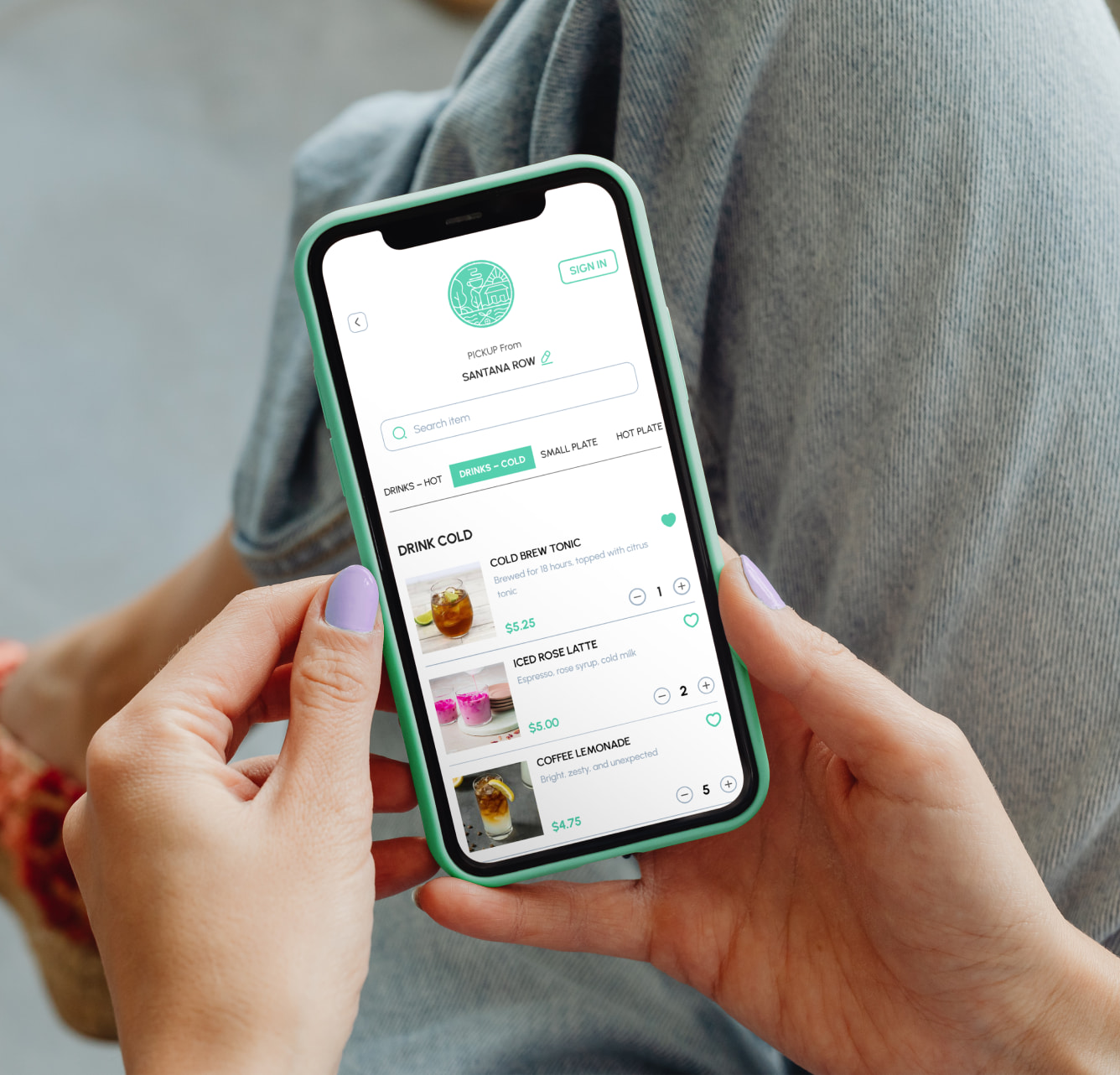

.gif)
